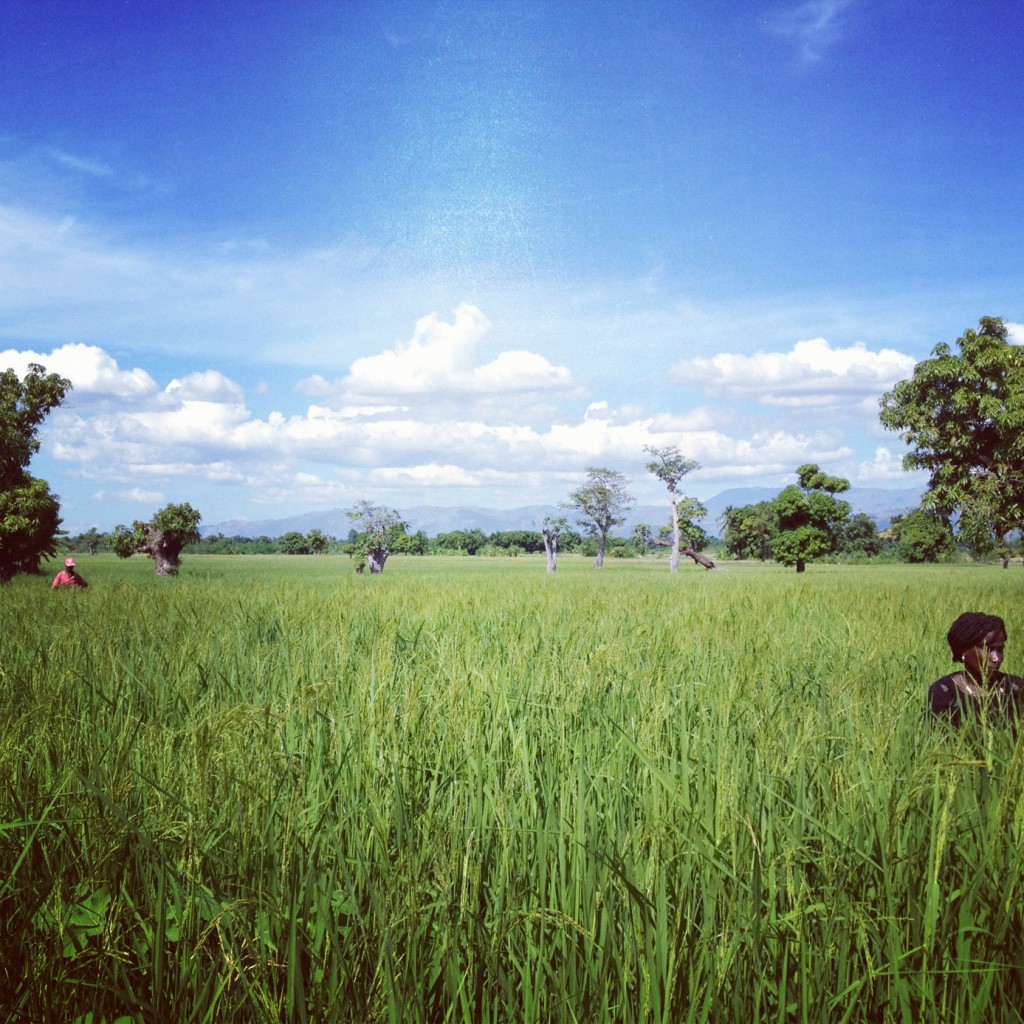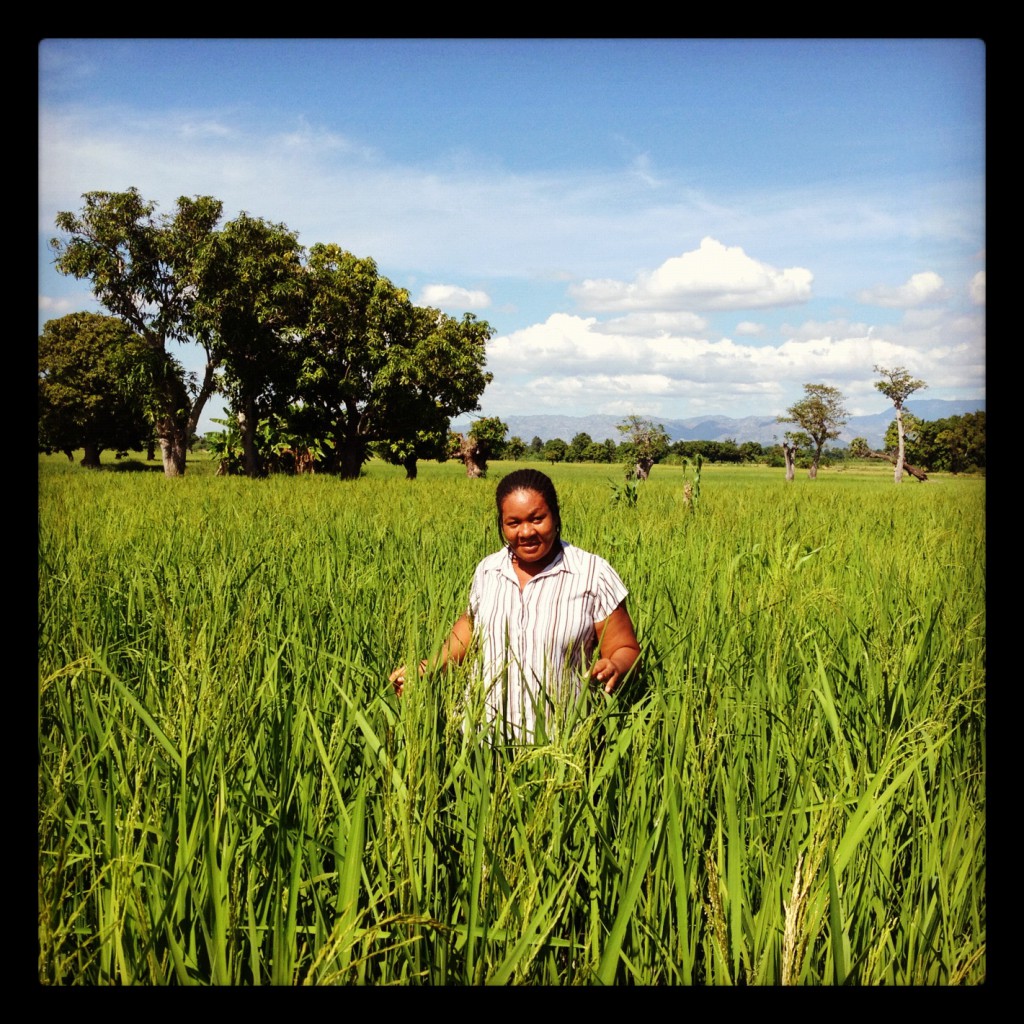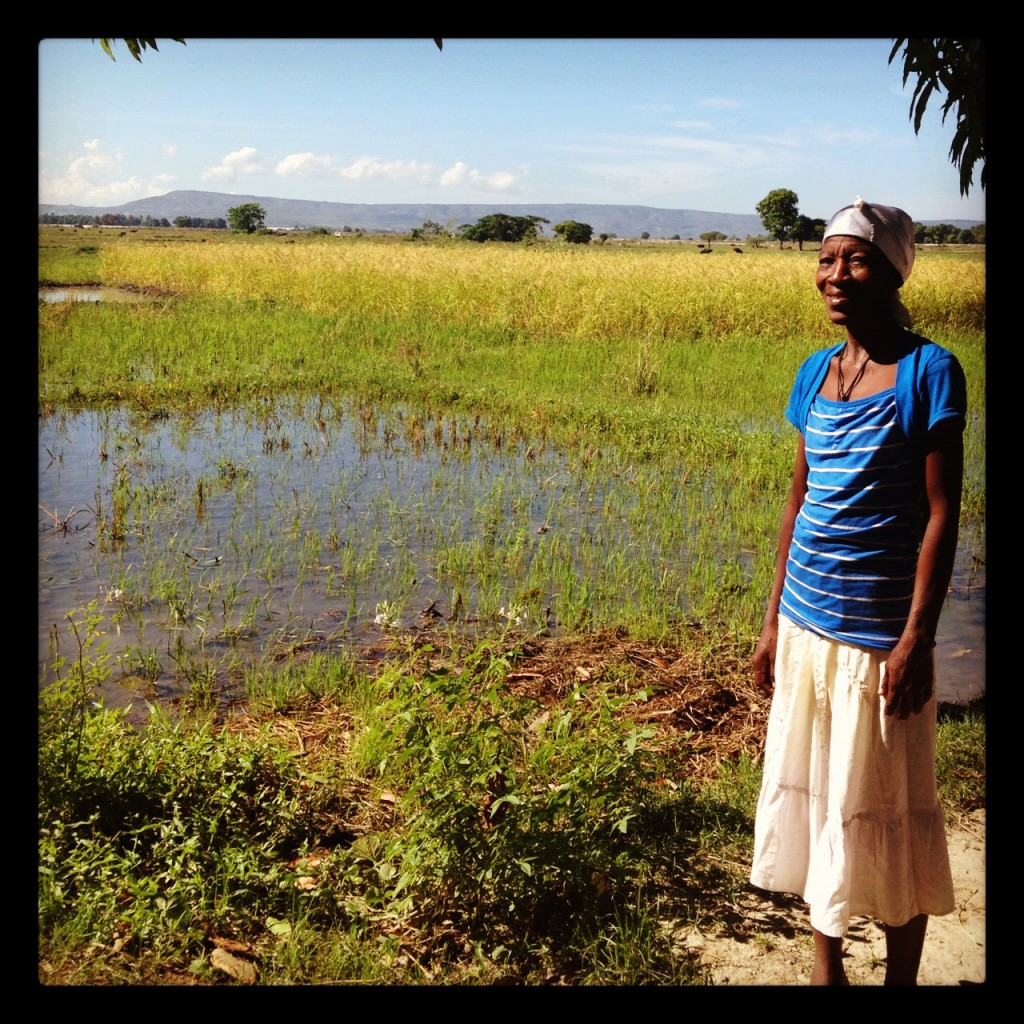Instagramming Haiti

My trip to Haiti last month was my fifth since the 2010 earthquake. As a press officer, I work with journalists to report on the progress and challenges rebuilding Haiti in the last three years. This role mostly keeps me in Port-au-Prince, the hardest-hit area, where you typically see the television cameras reporting.
This time, I traveled further, to visit Oxfam’s projects in the rural farm areas of Haiti. Sixty percent of Haitians rely on farming to earn a living, and investing in agriculture is crucial for the country’s future. I felt as though I finally got the opportunity to see the part of Haiti’s character that I was missing.
It was also my first time traveling with a fancy smartphone—and more importantly, Instagram. Oh, Instagram. My photographic vocabulary is limited to point, click, and usually, delete. But Instagram makes even me look like a purposeful, artistic photographer. With a simple click, filter, and post, I gave Oxfam America’s followers a glimpse of the Haiti that they don’t normally see on CNN.

Usually when I visit Oxfam’s programs, my goal is to find images and stories for journalists to report back to their viewers and readers. I am welcomed into homes where families are going about their daily lives—preparing meals, getting children to school—while also facing challenges like rebuilding after a storm and dealing with food insecurity.
Regardless of the circumstances, being welcomed to observe and learn from these communities is an honor that I don’t take lightly. I get to witness moments of strength and hope, sometimes in the most unexpected places, and I’m always looking the best way to share what I’m seeing
That’s why I was glad that I “grammed” photos of my new friends Elizabeth and Josephat proudly showing off their gorgeous rice fields that, with Oxfam’s help, have grown and thrived even in the face of several hurricanes.
In the wake of Hurricane Sandy last month, for example, Oxfam distributed seeds and other materials to repair damaged fields. On an ongoing basis, Oxfam also runs credit programs so farmers can buy seeds, fertilizers, and labor to maintain their fields as well as cash-for-work programs to build and maintain essential irrigation channels throughout the farming communities. The women were excited to share their accomplishments with me, and I was able to share them with the world–all from right there in the rice field in my muddy sneakers.
